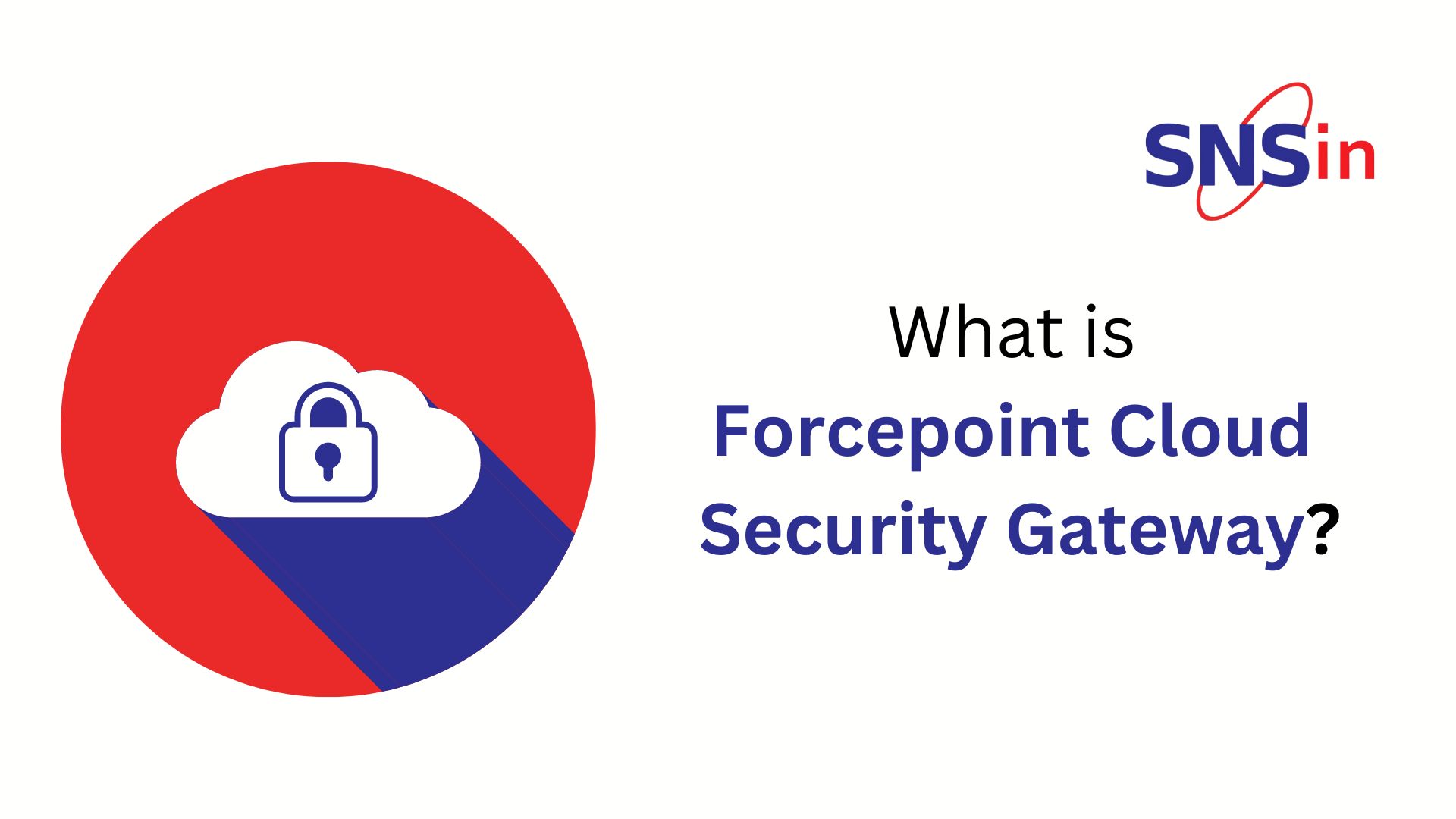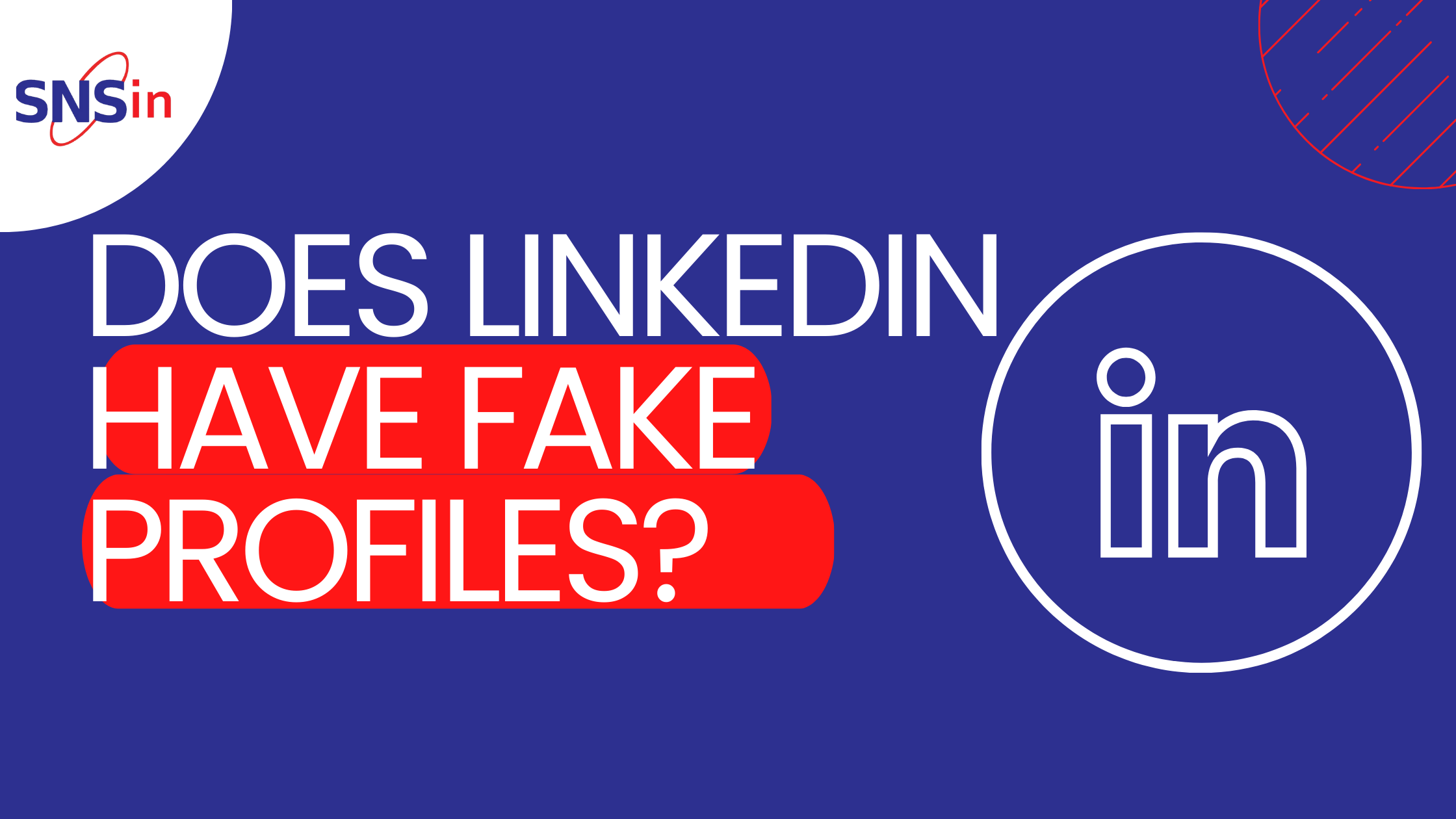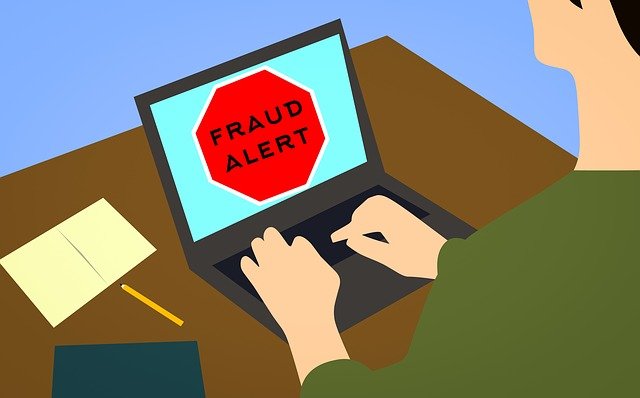Telecom Regulatory Authority of India (TRAI) brought the concept of Digital Consent Acquisition (DCA). It was introduced to combat unwanted promotional messages and empower all users. This way, they have greater control over their communication channels. As users are conscious of their digital interactions, DCA sets the stage for a more user-centric and respectful approach to marketing communication in India’s vibrant digital landscape.
Understanding Digital Consent Acquisition (DCA)
DCA is a regulatory initiative introduced by TRAI. This initiative curbs the menace of unsolicited promotional messages, calls, and marketing communications. DCA framework requires every telecom provider to get explicit consent from their users. Consent must be obtained before sending any commercial communication. It allows users to decide the type and frequency of promotional content they wish to receive.Key Objectives of DCA
Curbing Unsolicited Promotional Messages DCA aims to mitigate the annoyance caused by unwanted promotional messages. They establish it using a consent-driven mechanism. This ensures that users only receive promotional content from brands that interest them. Protecting User Privacy DCA emphasizes the protection of user privacy. They ensure that personal data & communication preferences remain secured from unauthorized access & misuse. Empowering Users It enables users to exercise control over promotional messages. DCA empowers individuals to curate their digital experience. Users can opt in or opt out of specific promotional campaigns. Thereby reducing information overload and improving the user experience.Implementation of DCA
TRAI has specific guidelines for telecom providers to implement the DCA framework. Consent-based Communication Service providers must get explicit consent from users before sending any commercial communication. Consent can be obtained via SMS, USSD, mobile apps, websites, or a dedicated toll-free number. Users have the liberty to provide their consent or opt out of promotional messages. Preference Registration Telecom providers must provide an easy-to-use mechanism for users to register their preferences. Users may specify their content preferences and also when they want to receive such promotional messages. Consent Withdrawal DCA ensures that users get to withdraw their consent at any time. Service providers must provide a simple process for users to revoke their consent. Once a user withdraws their consent, promotional messages must cease effective immediately. Transactional Messages DCA does focus on curbing promotional messages. Besides, it allows transactional messages, essential for customer service, updates, and critical information. The service providers must differentiate these transactional messages from promotional content.Wrap Up
Digital Consent Acquisition (DCA) is a commendable initiative by TRAI for controlling unsolicited promotional messages. Users can customize their communication preferences to get a personalized experience. Mandating explicit consent reduces spam and improves the quality of communication channels. DCA reinforces user privacy by ensuring that personal information remains confidential. It ensures that service providers don’t misuse users’ personal information. DCA fosters trust by promoting transparent and ethical communication practices. Companies adhering to DCA guidelines gain credibility. They are perceived as respecting user preferences and privacy. Secure Network Solutions India (SNS) provides a quantifiable, risk-based approach to building cybersecurity solutions for corporates based on globally recognized frameworks and standards. We have been protecting businesses for the last 22 years! Write to us at [email protected]. ![]()




